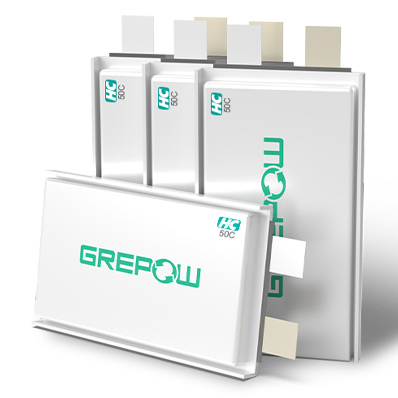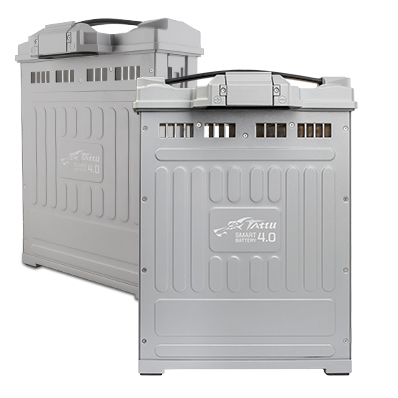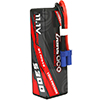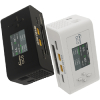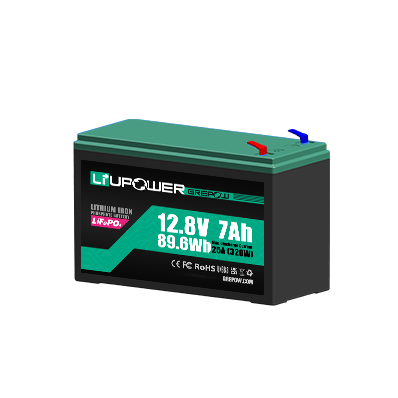What Is a BVLOS Drone?
Drones have transformed industries from agriculture to emergency response, but their potential has been limited by regulatory constraints. One of the most significant advancements in drone technology is Beyond Visual Line of Sight (BVLOS) operations, which allow drones to fly farther and more autonomously. Flying a drone beyond where you can see it is the next frontier for commercial drone operations. Known as BVLOS, this capability unlocks the potential for drones to perform complex, long-distance tasks, revolutionizing industries from logistics to public safety. This article explains what BVLOS is, the technology and regulations that govern it, and how it's shaping the future of unmanned aviation.
What's the Meaning of BVLOS?
BVLOS stands for Beyond Visual Line of Sight. It refers to the operation of a drone where the remote pilot-in-command is no longer maintaining direct, unaided visual contact with the aircraft. In simpler terms, if you can't see your drone with your own eyes (without binoculars or a screen), you are flying BVLOS. This contrasts sharply with Visual Line of Sight (VLOS) operations, where the pilot must always keep the drone in sight to avoid collisions and maintain control. This capability expands mission profiles to include long-distance inspections, delivery routes, and operations in remote or obstructed areas. The term is widely used in aviation regulations worldwide, including by the FAA in the United States, to distinguish these operations from Visual Line of Sight (VLOS) flights.
What is a BVLOS Drone?
A BVLOS drone isn't just any off-the-shelf drone. It's part of a sophisticated Unmanned Aircraft System (UAS) specifically designed and equipped for safe flight without direct visual observation. These systems are built with advanced technologies for navigation, communication, and obstacle avoidance to ensure they can operate safely over long distances.They range from small consumer models with extended range capabilities to large industrial UAS for long-distance missions. BVLOS drones enable tasks that VLOS models cannot, such as surveying vast areas or delivering goods over miles.
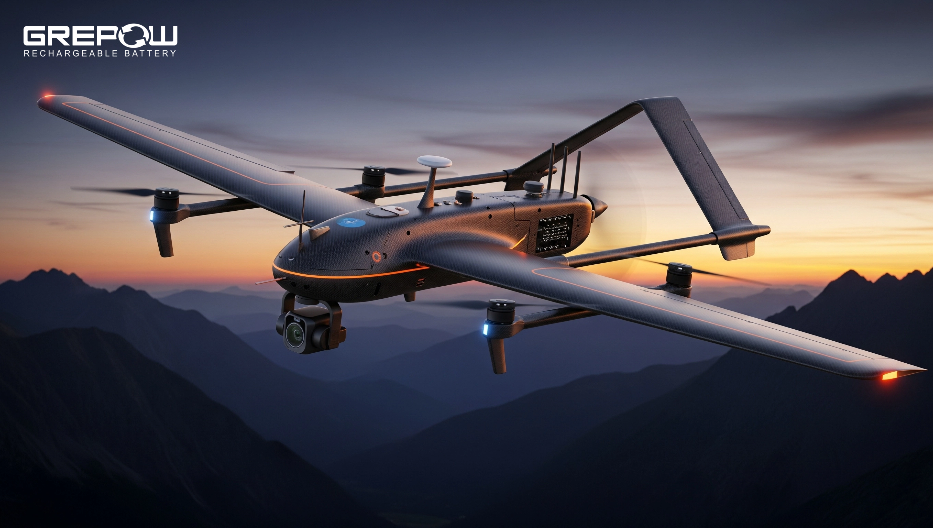
BVLOS Drone vs. Visual Line of Sight (VLOS) Drone: What’s the Difference?
The fundamental difference lies in how the drone is operated and monitored. VLOS (Visual Line of Sight) is the standard method, while BVLOS represents a major leap in operational complexity and capability.
| Aspect | VLOS Drone | BVLOS Drone |
| Visibility Requirement | Must maintain unaided visual contact with the drone at all times. | No direct visual contact needed; relies on technology for monitoring. |
| Regulatory basis | Standard under Part 107; easier to operate without special permissions. | Requires waivers or Part 108 compliance; higher safety standards. |
| Range | Limited to a few thousand feet (depends on drone size). | Potentially unlimited, spanning miles or entire states. |
| Technology Needs | Basic controls; no mandatory advanced tech beyond standard FAA rules. | Advanced DAA systems, reliable C2 links, sensors for autonomy. |
| Applications | Short-range photography, recreational flights, basic surveys. | Long-linear inspections (pipelines, power lines), large-scale delivery, wide-area mapping. |
What are the Requirements for BVLOS Operation?
Flying BVLOS is not a simple task. The Federal Aviation Administration (FAA) requires a rigorous demonstration of safety. To obtain permission, applicants must typically address three core areas in a detailed waiver application:
●Detect and Avoid (DAA) Capability: This is the most critical requirement. You must prove how your drone will remain well clear of other aircraft, both manned and unmanned. This can involve a combination of:
Operational DAA: Using visual observers positioned along the flight path.
Technical DAA: Using onboard technology like radar or acoustic sensors.
Strategic DAA: Flying in pre-coordinated, low-risk airspace (e.g., remote areas).
●Robust Communication Link: You must demonstrate a plan to maintain a continuous, secure command-and-control link with the drone. This includes protocols for what the drone will do if the link is lost (e.g., return to home, land in place).
●Comprehensive Risk Mitigation: The application must include a detailed description of the aircraft's airworthiness, pilot training, maintenance procedures, and operational plans that collectively mitigate all potential risks to an acceptable level.
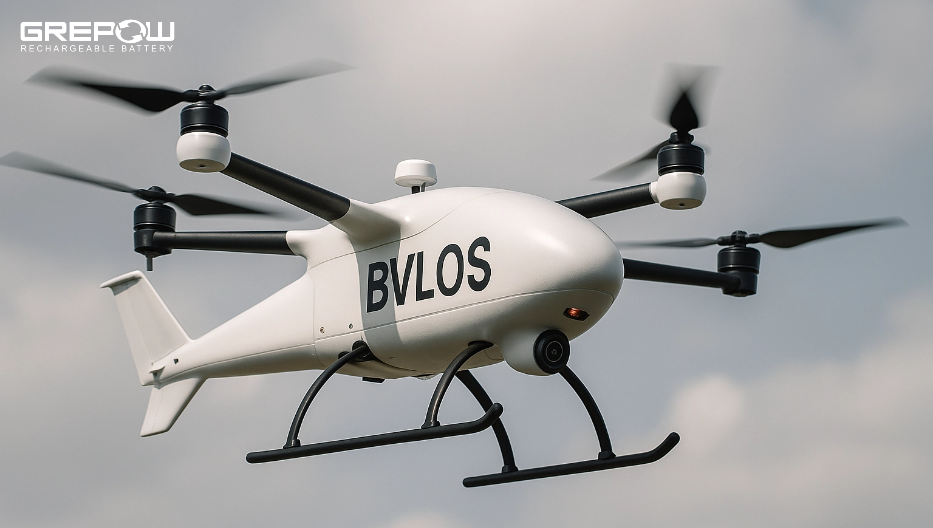
What is a BVLOS Waiver?
Currently, in the United States, the standard rule for commercial drone operations under FAA Part 107 requires the pilot to keep the drone within VLOS. To get a waiver, an operator must submit a detailed safety case to the FAA. This document must prove that their proposed operation can be conducted as safely as a standard VLOS flight. The process is rigorous, and a successful application requires extensive data and documentation. This special permission is granted on a case-by-case basis, and the process can be time-consuming and complex. It remains the primary method to legally fly BVLOS until broader regulatory frameworks are in place.
What Is FAA Part 108?
FAA Part 108 is the proposed new section of the Code of Federal Regulations (14 CFR) dedicated to governing BVLOS drone operations. Introduced in the August 2025 NPRM, it establishes a risk-based framework for UAS weighing up to 1,320 pounds, including payload, to fly beyond visual range. Unlike Part 107, which focuses on VLOS for small drones, Part 108 emphasizes performance standards for detect-and-avoid (DAA) systems, remote pilot qualifications, and operational limits. It includes provisions for autonomous flights, cargo delivery, and infrastructure monitoring, with requirements for pre-designated launch sites and physical security measures. Part 108 aims to integrate drones more seamlessly into the National Airspace System (NAS), potentially becoming effective in 2026 or later after finalization.
How Will the New FAA BVLOS Regulations Affect Drone Development?
The NPRM and the eventual final rule (Part 108) will be a massive catalyst for the entire drone industry:
●Accelerated Innovation: By removing waiver redundancy and providing structured rules, drone manufacturers and operators can invest confidently in BVLOS capabilities.
●Technology Standardization: Detect-and-avoid, robust comms, interoperable remote ID systems, and compliance with consensus standards become baseline requirements.
●Investment in R&D: With a predictable regulatory future, venture capital and corporate investment will flood into companies developing DAA technology, secure communications, and automated flight systems.
●Industry Expansion: Easier BVLOS access unlocks broader use cases—industrial inspection, large-scale agriculture, logistics, public safety, media operations, and infrastructure mapping.
Which Drone Applications Will Benefit Most from FAA BVLOS Regulations?
While nearly every industry will benefit, a few stand to be completely transformed:
●Linear Infrastructure Inspection: This is the "killer app" for BVLOS. Inspecting hundreds of miles of power lines, pipelines, railways, and highways will become drastically faster, cheaper, and safer than using manned helicopters or ground crews.
●Large-Area Mapping & Surveying: Agriculture, mining, construction, and environmental monitoring will be able to map thousands of acres in a single, automated flight without needing to move pilots and equipment.
●Logistics and Delivery: From last-mile package delivery in rural and suburban areas to transporting medical supplies between hospital campuses, BVLOS is the key to making drone delivery networks economically viable.
●Emergency Response & Public Safety: Search and rescue operations over large areas of wilderness, damage assessment after natural disasters, and delivering lifesaving equipment like AEDs or flotation devices will be dramatically accelerated.
●Precision Agriculture: Automated BVLOS flights can monitor crop health, precisely apply pesticides or fertilizers, and manage water resources across vast farms more efficiently than ever before.
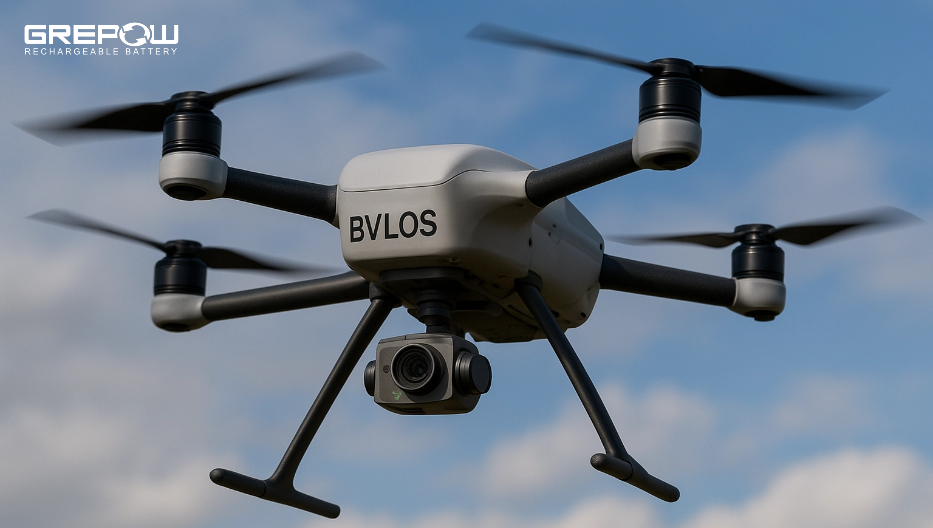
FAQs
How hard is it to get a BVLOS waiver?
Extremely hard. The waiver process is rigorous, expensive, and time-consuming. It requires a significant amount of engineering data, safety cases, and often actual flight demonstrations for the FAA. It is not feasible for most small businesses. Only a small fraction of applications are approved, typically by large, well-resourced companies.
Can I Fly a Drone BVLOS?
In the U.S., you can fly BVLOS only with an FAA waiver or exemption; otherwise, it's prohibited under Part 107. The upcoming Part 108 may allow routine operations without waivers for compliant setups. Other countries should consult their own relevant regulations and clauses.
Is it illegal to fly a drone out of line of sight?
Yes, under standard Part 107 rules, flying a drone beyond your direct visual line of sight is illegal without a specific FAA waiver.
What certification is needed for BVLOS?
Currently, you need a standard Part 107 Remote Pilot Certificate and an approved BVLOS waiver. In the future, under the new rules (Part 108), remote pilots will likely need an additional rating or certification on top of their existing license to conduct BVLOS flights.
When can you fly BVLOS?
You can fly BVLOS once you have received an approved waiver from the FAA for a very specific operation. With the new NPRM, the goal is to create a framework where, once the rules are final, any operator who meets the prescribed standards can fly BVLOS without a waiver.
What Is the Maximum Range for BVLOS?
BVLOS has no fixed maximum range—it's defined by technology limits like battery life and signal strength—but regulations cap altitude at 400 ft AGL, with horizontal distance varying by approval and practical constraints (e.g., 5-20 km for many systems).
Conclusion
The evolution from visual line of sight to beyond visual line of sight drone operations represents a fundamental transformation in unmanned aviation, unlocking possibilities that will reshape industries and create new economic opportunities. The FAA’s Part 108 NPRM marks a transformative step toward regularizing BVLOS operations in the U.S.—shifting from restrictive waivers to performance-based, scalable frameworks. By clarifying these definitions, regulations, and operational considerations, this article provides a comprehensive guide for industry professionals, regulators, and stakeholders preparing for the next era of safe, scalable BVLOS drone operations. As a global leader in drone battery manufacturer, Grepow is dedicated to developing high-performance power solutions. Our new semi-solid-state battery achieves an industry-leading energy density of 350 Wh/kg, empowering drones to fly for hundreds of kilometers. It's the ideal choice for your BVLOS drone. If you have any questions or needs, please feel free to contact us at info@grepow.com.
Related Articles:
Related Articles
-

Powering Aerial Artistry: Grepow Battery Solutions Behind Drone Light Shows
2025-10-27 -

Vatican Drone Show: Where Technology Meets Faith
2025-09-15 -
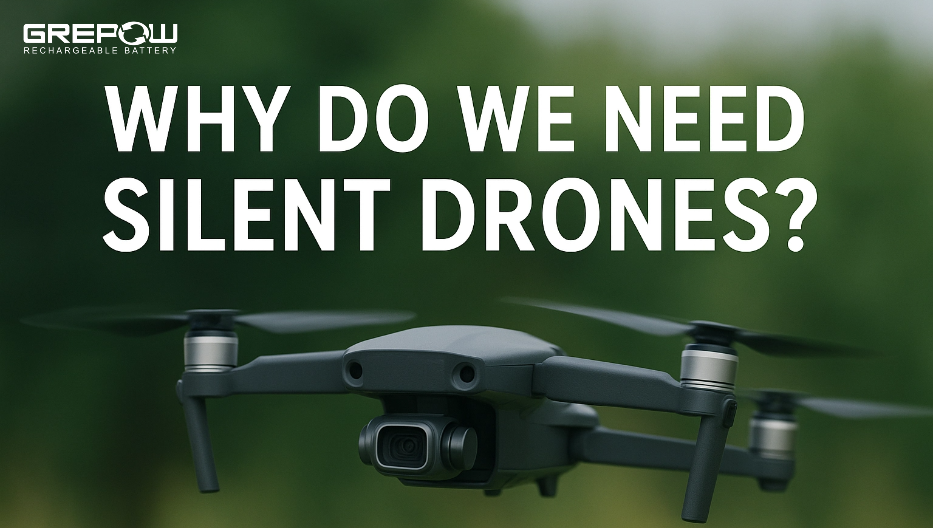
Why Do We Need Silent Drones?
2025-09-02
Related products
-

330Wh/kg Series Semi-Solid State High Energy Density Battery Pack
-
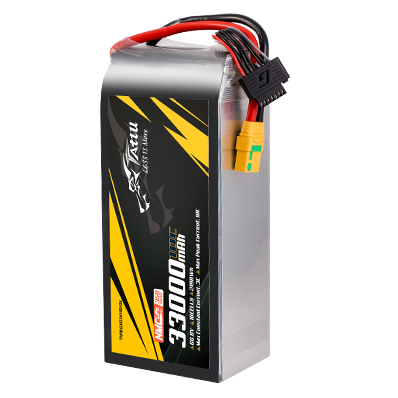
350Wh/kg Series Semi-Solid State High Energy Density Battery Pack
-
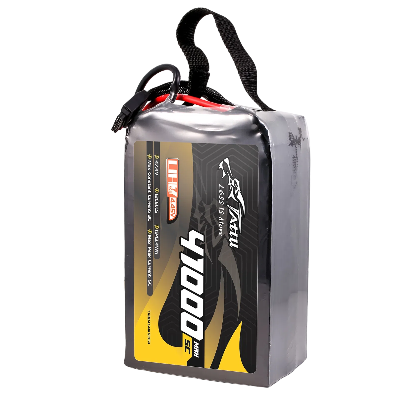
4.45V Ultra High Voltage Series Semi-Solid State Battery


